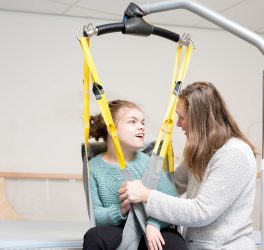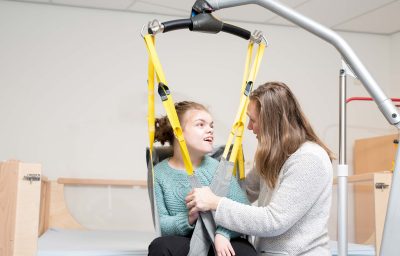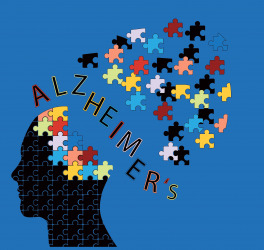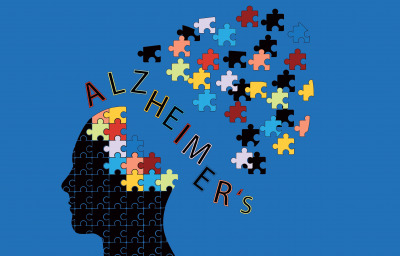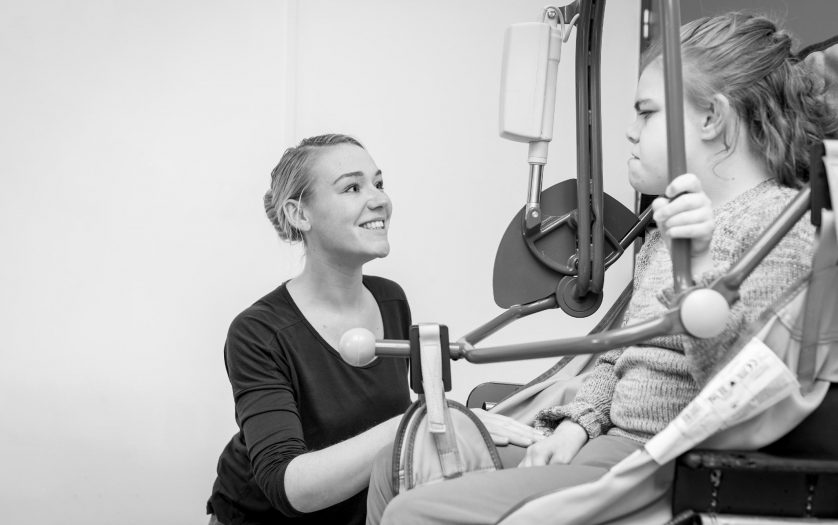
The Texas Health and Human Services Commission and the Texas Workforce Commission are launching a public awareness campaign focusing on the statewide need for personal care attendants who help people with disabilities live independently in their own homes and communities.
“These jobs change lives for both the people who receive attendant care, and the people who provide attendant care,” said Clair Benitez, HHS director of Office of Disability Services Coordination. “Personal care attendants truly make a positive difference in the lives of those they care for by helping Texans live more independently.”
More than 300,000 people receive community attendant services in Texas through long-term services and support programs. To meet the growing need of direct care service workers, HHSC projects that the personal care attendant workforce in Texas needs to grow from the 301,000 workers in 2019 to 484,000 in 2031.
Personal care attendants, also known as personal care assistants, community attendants and direct care service workers, work for a person with a disability, a legally authorized representative or a home health agency. Personal care attendants may assist with dressing, bathing, cooking, feeding, shopping and light housekeeping duties, as well as accompanying someone to classes, running errands or to social gatherings. This type of work offers a flexible schedule for people seeking a meaningful profession.
“Personal care attendants provide essential support to individuals with disabilities and help them participate in employment,” said Texas Workforce Commission’s executive director Ed Serna. “We encourage more people to consider this field, which is a calling of compassion and service.”
Texas’ workforce solutions offices provide opportunities for families to post openings through MyTXCareer.com(link is external) for these positions and TWC’s Vocational Rehabilitation program supports training for participants who are interested in entering the personal care attendant profession.
“Personal care attendants allow people with disabilities to live in their community with the support and services they need. Without them these individuals risk displacement from their community into institutionalized care,” said Rep. Stephanie Klick. “Personal care attendants find rewarding fulfilment assisting individuals with disabilities maintain their independence in their communities.”
HHSC’s Community Attendant Workforce Development Strategic Plan to recruit, retain, and ensure adequate access to the services of personal care attendants includes information about the workforce in Texas, feedback from stakeholders through an online survey, and the agency’s long-term goals and recommendations to address challenges faced by people receiving services.
HHSC launched the Direct Service Workforce Development Taskforce (DSW Taskforce) in March 2021 to meet one of six long-term goals in the Community Attendant Workforce Development Strategic Plan. The DSW Taskforce is a collaborative workgroup whose purpose is to explore long-term recruitment and retention-based strategies within the career field.
“Workforce Solutions Middle Rio Grande is excited to be a part of the Direct Service Workforce Development Taskforce and their commitment to increasing recruitment and retention in the attendant service career field,” said executive director of Workforce Solutions Middle Rio Grande, Elizabeth Sifuentes. “The Middle Rio Grande Region will be able to incorporate our rural perspective to strengthen this initiative.”
HHSC, in collaboration with Texas Workforce Commission and the DSW Taskforce, will continue efforts toward enhancing workforce development, improving data collection of the personal care attendant field and bringing awareness to the need and value of personal care attendants.
“This is only a first step in recruiting potential job seekers who are interested in building a connection with a person with disabilities and supporting them to thrive in their community,” said Roxann Medina, project manager of HHS Office of Disability Services Coordination.
Learn more about becoming a personal care attendant on the HHS website, watch this informative video, download the brochure (PDF).



